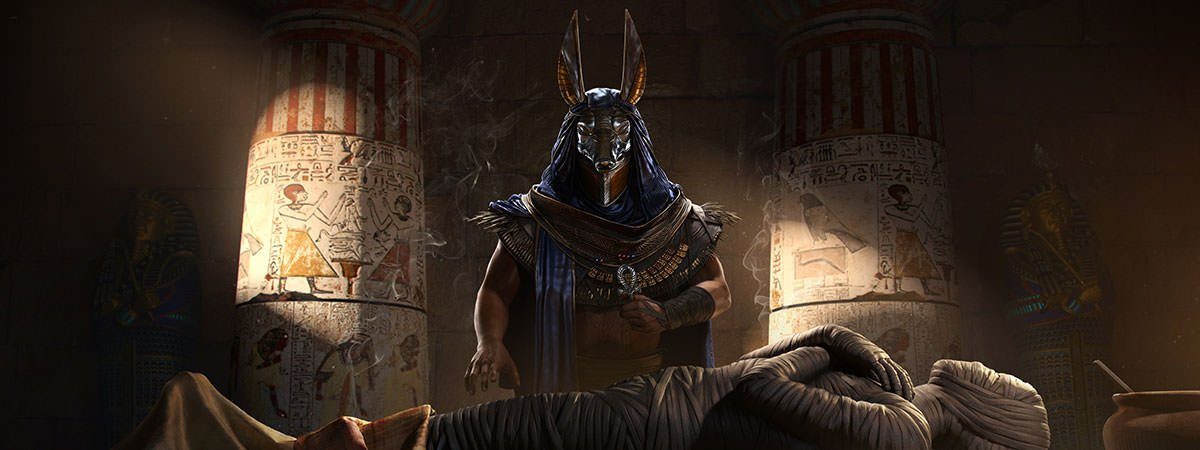Welcome to Facts Vibes, where we explore fascinating insights about various topics. Uncover the mystique surrounding Anubis as we delve into 10 intriguing facts about this ancient Egyptian deity. Join us on a journey through history and mythology to unravel the enigmatic allure of Anubis.
Unveiling the Mysteries: 10 Intriguing Facts About Anubis
Unveiling the Mysteries: 10 Intriguing Facts About Anubis
Anubis, often depicted as a jackal or a man with a jackal head, is one of the most iconic figures in ancient Egyptian mythology. Here are 10 intriguing facts about this enigmatic deity:
1. Anubis was the god of mummification and the afterlife. He was responsible for guiding the souls of the deceased to the afterlife and ensuring their safe passage.
2. He was also associated with embalming and the preservation of the body. The ancient Egyptians believed that Anubis played a crucial role in preparing the deceased for their journey to the afterlife.
3. Anubis was often depicted as a black jackal, which was a symbol of death and decay in ancient Egypt. His color and association with this animal tied him closely to funerary practices.
4. Despite his association with death, Anubis was not considered to be a malevolent or evil deity. Instead, he was seen as a guardian and protector of the deceased.
5. His role in the afterlife was so important that Anubis was often invoked in funerary rituals and prayers to ensure a successful transition to the next life.
6. The earliest known mention of Anubis dates back to the First Dynasty of Egypt, making him one of the oldest and most enduring gods in ancient Egyptian religion.
7. Anubis was often depicted holding the powerful “was” scepter, a symbol of authority and dominion over the afterlife.
8. In some traditions, Anubis was believed to be the son of Osiris and Nephthys, while in others, he was considered to be the son of Isis and Set.
9. His cult became widespread throughout ancient Egypt, and many funerary texts and spells invoked Anubis for protection and guidance in the afterlife.
10. Today, the image of Anubis continues to captivate the imagination, representing a powerful symbol of death, transition, and the mysteries of the afterlife in ancient Egyptian culture.
These intriguing facts shed light on the significance of Anubis in ancient Egyptian mythology and the enduring fascination surrounding this enigmatic deity.
Most popular facts
Anubis is the ancient Egyptian god of mummification and the afterlife.
Anubis is the ancient Egyptian god of mummification and the afterlife.
He is depicted with the head of a jackal or a dog and a body of a human.
Anubis is depicted with the head of a jackal or a dog and a body of a human.
Anubis was believed to protect graves and guide souls to the afterlife.
Anubis was believed to protect graves and guide souls to the afterlife.
His name is derived from the Egyptian word “inpw,” which means “to decay.”
His name is derived from the Egyptian word “inpw,” which means “to decay.”
Anubis was associated with the process of mummification and the weighing of the heart in the afterlife judgment.
Anubis was associated with the process of mummification and the weighing of the heart in the afterlife judgment.
The god’s cult center was in Hardai, where mummification was practiced extensively.
The god’s cult center was in Hardai, where mummification was practiced extensively.
Anubis was considered one of the most important and iconic deities in ancient Egypt.
Anubis was indeed one of the most important and iconic deities in ancient Egypt.
He was often portrayed in funerary art and tombs to aid the deceased in their journey to the underworld.
Anubis was often portrayed in funerary art and tombs to aid the deceased in their journey to the underworld.
Anubis played a significant role in the mythology and religious beliefs of ancient Egyptians.
Anubis played a significant role in the mythology and religious beliefs of ancient Egyptians.
The god’s presence is prominent in various ancient Egyptian texts and religious rituals.
The god’s presence is prominent in various ancient Egyptian texts and religious rituals.
Anubis was closely linked to the god Osiris, the ruler of the underworld and the afterlife.
Anubis was closely linked to the god Osiris, the ruler of the underworld and the afterlife.
In some traditions, Anubis was considered to be the son of Osiris and Nephthys.
Yes, Anubis was considered to be the son of Osiris and Nephthys in some traditions.
He was also associated with the protection of cemeteries and the embalming process.
He was also associated with the protection of cemeteries and the embalming process.
Anubis’s role in Egyptian mythology evolved over time, and he became a symbol of protection and guidance in the afterlife.
Certainly! Anubis’s role in Egyptian mythology evolved over time, and he became a symbol of protection and guidance in the afterlife.
Many ancient Egyptian pharaohs and elites sought the favor and protection of Anubis for their journey in the afterlife.
In ancient Egypt, many pharaohs and elites sought the favor and protection of Anubis for their journey in the afterlife.
In conclusion, Anubis holds a significant role in ancient Egyptian mythology, serving as the god of mummification and the afterlife. Understanding these 10 key facts about Anubis provides a deeper insight into the rich culture and beliefs of the ancient Egyptians. His enduring presence in art, religion, and literature reflects the enduring fascination with this enigmatic deity.
